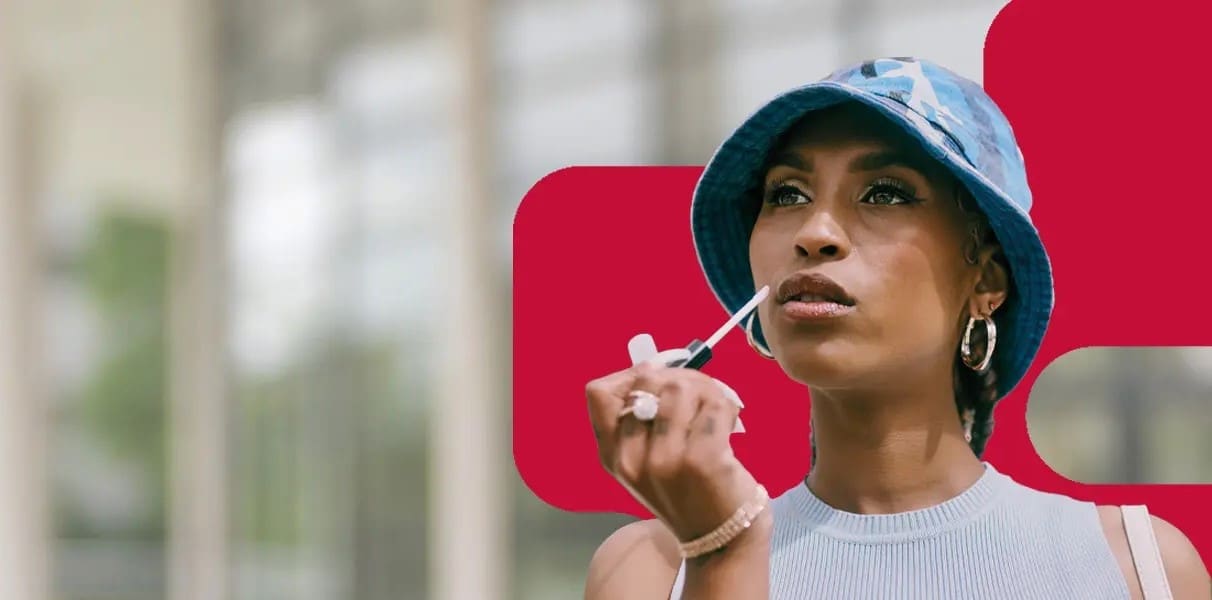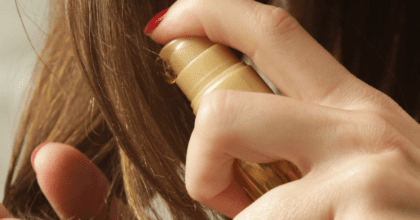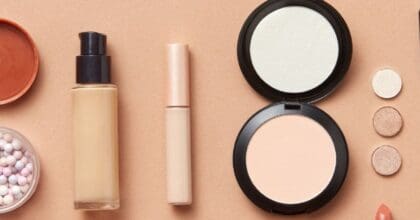Mouthwash market mints 15% growth in 5 years
While brushing your teeth may be top-of-mind when it comes to dental hygiene, it seems an unexpected player is making a splash on the industry. New research from Mintel reveals that mouthwash is minting success for the US oral care category, with sales of mouthwash growing 15 percent between 2012-2017, above the total market rate of 13.6 percent. Used by nearly two thirds (62 percent) of Americans, the mouthwash segment has established itself as a key regimen item, with the same percentage (62 percent) of consumers saying it is a part of their regular morning routine.
A category staple, toothpaste retains the largest share of the oral care market (38 percent) and continues to experience steady growth, increasing 2.8 percent from 2016-17. Meanwhile, floss and dental accessories/tools are experiencing growth of 6.3 percent during the same timeframe. Overall, total sales of oral care products are estimated to steadily increase by 2.6 percent to reach $8.061 billion in 2017.
“The near universal habit of teeth brushing and consumer interest in benefits such as whitening and sensitivity treatment has helped fuel steady growth in the oral care market. Making up a little more than a fifth of the overall oral care market, mouthwash sales have increased steadily for the past several years and are expected to continue to see growth in years to come,” said Jana Vyleta, Health and Personal Care Analyst at Mintel.
Just 81% of Americans say they brush their teeth before going to bed
While almost all (97 percent) Americans brush their teeth, Mintel research reveals that many are not brushing twice a day. Although 91 percent of US consumers brush their teeth in the morning, just 81 percent say they brush their teeth before going to bed. It also seems dentist visits aren’t on the calendar as often as they should be, as nearly seven in ten (69 percent) say they are not visiting the dentist regularly, with younger consumers being the least likely to visit the dental chair: just three in five (61 percent) consumers aged 18-24 say they regularly visit the dentist.
Oral hygiene is a sensitive subject for the one in ten (10 percent) US consumers who avoid going to the dentist because of sensitive teeth, rising to one fifth (20 percent) of those aged 25-34. It’s not limited to just the dentist, however, as 11 percent avoid flossing and one in twenty (6 percent) avoid brushing their teeth due to sensitivity, with this number rising to 13 percent of 25-34 year olds.
Today, nearly half (49 percent) of Americans suffer from sensitive teeth, rising to a significant 63 percent of 18-34 year olds. One quarter (24 percent) of all Americans experience pain from this sensitivity, rising to more than one third (36 percent) of 25-34-year-olds. Despite the effects of sensitivity, just one third (33 percent) of consumers overall buy oral care products that reduce sensitivity and less than one quarter (23 percent) buy toothpaste made for sensitive teeth. Taking matters into their own hands, one in six (16 percent) Americans say they avoid whitening products due to sensitivity and 14 percent avoid certain hot or cold foods.
“Despite the fact that nearly all Americans claim to regularly brush their teeth, many adults fall short of American Dental Association recommendations in their oral care regimens, especially among younger consumers. Less than perfect oral care habits may be to blame for elevated sensitivity in this group. The gap between consumers who experience sensitivity and those who purchase products to relieve it represents an opportunity for sensitivity products to expand their penetration. Given this current state, an opportunity exists for additional, unique oral care solutions to help consumers strengthen their routines, and in turn overall oral health,” continued Vyleta.
The quest for pearly white teeth remains strong in the US as more than two in five (43 percent) Americans use whitening toothpaste and 11 percent say they use whitening strips or kits. While whitening claims on toothpaste declined from 40 percent of toothpastes launched in the US in 2012 to just 24 percent in 2015, an uptick occurred in 2016, with claims increasing to 46 percent of all toothpaste launches, according to Mintel Global New Products Database (GNPD).
Appearance may be even more important than hygiene for America’s younger consumers. While consumers aged 18-24 are least likely to floss (59 percent) than consumers overall (65 percent), they are the most likely age group to use whitening toothpaste (67 percent) and whitening strips or kits (18 percent).
“Despite below-average usage of some oral care, our research shows younger consumers are more enthusiastic about cosmetic oral care products such as whitening. High usage of whitening toothpaste and strips/kits is a reflection of their interest in appearance. Calling out cosmetic and appearance-based benefits may be an effective way to persuade younger adults to purchase more functional oral care products such as floss or a toothbrush,” concluded Vyleta.
Press copies of Mintel’s Oral Care US 2017 report and interviews with Jana Vyleta, Health and Personal Care Analyst, are available on request from the press office.
For the latest in consumer and industry news, top trends and market perspectives, stay tuned to Mintel News featuring commentary from Mintel’s team of global category analysts.
-
Mintel StoreGet smart fast with our exclusive market research reports, delivering the latest data, innovation, trends and strategic recommendations....View reports
-
Mintel LeapMintel Leap is a revolutionary new AI-powered platform that will transform your research process....Book a demo







































